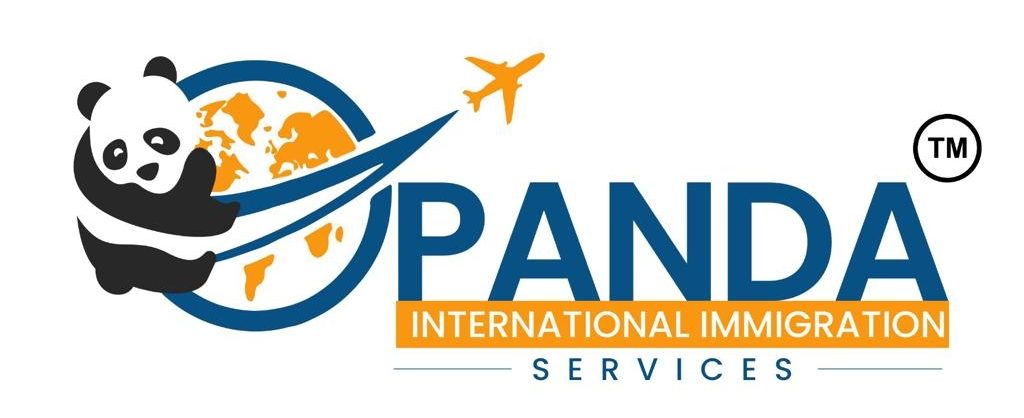The stakes have never been higher for Australia’s international education sector.
With the ESOS Amendment Bill, including government-proposed National Planning Level, looming over the industry, The PIE heard from four leading voices to dissect it’s wide-ranging implications – from compliance issues, threats to cultural diversity, and more.
Check out the clips below from our recent webinar, where key stakeholders share their concerns and predictions for the Bill that is set to reshape Australia’s international education sector as we know it.
Anomalies, anomalies, anomalies…
It seem it has been a real sector-wide effort to understand the government’s indicative caps for providers. One stakeholder renowned for her in-depth analysis is Claire Field, independent consultant and principal of Field & Associates.
Following a sharp critique of the government’s flawed methodology of the caps, Field presented her findings during the fourth and final public hearing in early October.
In front of Senators, Field highlighted shocking inconsistencies, particularly in VET allocations. This includes, but is not limited to the 12 VET providers receiving international student places despite being under review by regulators, while other providers are left with scraps.
“I can’t make sense of why would we be wanting to maintain places for these providers,” said Field, speaking at The PIE webinar on October 15.
Although Field has previously stressed she doesn’t believe these errors are deliberate, it raises the question of if the Bill should be introduced with this flawed methodology.
Between the devil and the deep blue sea
During the same day of hearings, Mark Raven, general manager of revenue at IH Sydney, spotlighted the catastrophic business impact the ESOS Amendment Bill could have – and already is having.
In this recent PIE webinar, Raven delved further into the compliance nightmare the Bill presents for providers.
“The risk of trading under the bill is substantially higher than it currently is. The option of appeal is removed. The minister has the power to make wide-sweeping decisions with no potential for recourse to discuss or have the decision assessed.”
“If you’re going to restrict students to the point where the institution is no longer viable, the students already in that institution are going to suffer, the employees are going to suffer and the industries that operate around that institution are going to suffer.”
Raven also pointed out the alarming precedent the Bill sets for governance, calling the international education sector a “yardstick” for testing this sort of power.
“We’ve become the yardstick for testing this kind of arrangement, but it raises questions about a much broader democratic process.”
Education minister Jason Clare has said the Bill will mean the end for ministerial direction 107, but Raven isn’t convinced of the benefits.
When asked which scenario is preferable – caps or ministerial direction 107 – Raven didn’t mince words: “It’s the same dish. There isn’t a choice. You’re being given the deep blue sea or the devil.”
Raven’s verdict? The Bill is being rushed to meet political deadlines ahead of next year’s elections, and it needs a careful review before it does irreversible damage.
The forgotten voices
The agent voice could easily be overlooked in the conversation about the intricacies of the ESOS Amendment Bill. Luckily, Naresh Gulati, founder and CEO of Ascent One is here to make sure that doesn’t happen.
As a former international students himself, and having working in the industry since 1997, one of Gulati’s biggest fears for 2025 and beyond is a negative impact on the cultural diversity that has previously served Australia’s institutions.
And what about the agents who have been loyal to Australia as a destination? They are suffering too, he said, adding that years of hard work, building up brand Australia, is about to be undone by the government-proposed cap on new overseas student commencements.
Elsewhere, Gulati raised questions about the purpose of CRICOS caps, reminding viewers that there is already a system in place that gives institutions an upper limit of the number of international students they can enrol.
“Are these not both government department initiatives? Does the government not trust itself?” posed Gulati.
A sorry tale
One stakeholder fighting the good fight for those smaller, more niche higher education providers is Neil Fitzroy, managing director for Australasia and Oxford International Education Group.
As well as raising questions around if the Bill is fit to do what it set out to, Fitzroy has been vocal in his commentary about the impact of the Bill for those providers who he believes have been overlooked in the process.
With many already suffering from the impact of ministerial direction 106, ministerial direction 107, high visa refusals and other changes in market, Fitzroy takes issue with the methodology used for these private providers.
Elsewhere, Fitzroy raises questions around if the Bill – and its capping methodology – are truly up to the task they were meant to accomplish.
“Both the ESOS Amendments and the subsequent politicking has tried to solve far too many issues using very blunt tools,” said Fitzroy.
“If we go back to the start of this sorry tale back in May, we were promised through the press releases, statements to industry, to the broader public, that the concerns here were accommodation, concentration of students in major metropolitan locations, equally quality and integrity misallocation into the regions, and skills shortage.
“Absolutely none” of these have made it into the methodology for 2025, said Fitzroy.
The full webinar is available to watch on replay.
The post Australia’s ESOS Amendment Bill: What’s at stake? appeared first on The PIE News.

